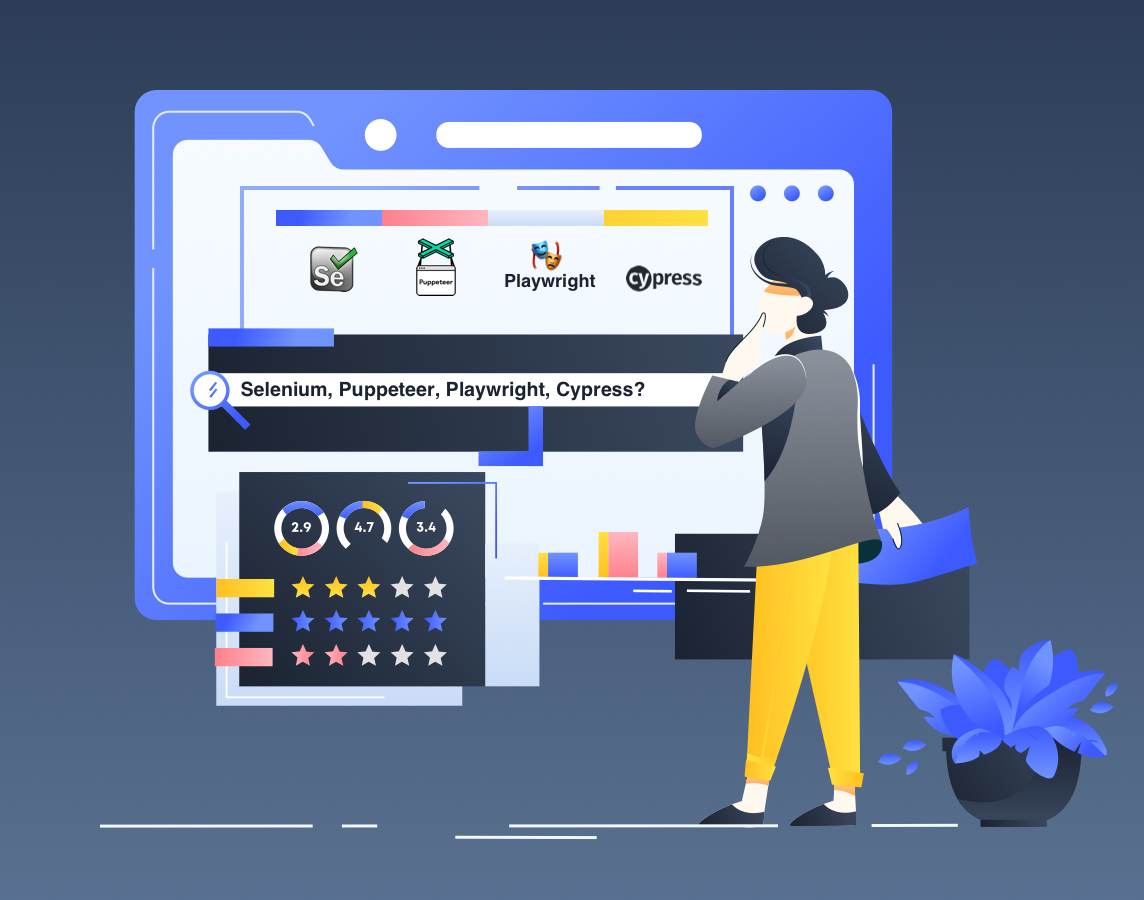

That is exactly what web scraping is all about for me: extracting and normalizing valuable pieces of information from a website to fuel another value-driving business process.ĭuring this time, I saw companies use web scraping for all sorts of use cases. I was amazed to see how many data extractions, aggregation, and enrichment tasks are still done manually although they easily could be automated with just a few lines of code. In the past, I have worked for many companies as a data consultant. Now, we have to extract the recipe in the HTML of the website and convert it to a machine-readable format like JSON or XML.

This step is like opening the page in your web browser when scraping manually. We first have to download the page as a whole. Sticking to our previous “noodle dish” example, this process usually involves two steps: When using this term in the software industry, we usually refer to the automation of this manual task by using a piece of software. Hence, if you copy and paste a recipe of your favorite noodle dish from the internet to your personal notebook, you are performing web scraping. It merely describes the process of extracting information from a website. All of us use web scraping in our everyday lives.

Let’s start with a little section on what web scraping actually means. In this tutorial, we will build a web scraper that can scrape dynamic websites based on Node.js and Puppeteer. However, when it comes to dynamic websites, a headless browser sometimes becomes indispensable. For a lot of web scraping tasks, an HTTP client is enough to extract a page’s data.


 0 kommentar(er)
0 kommentar(er)
